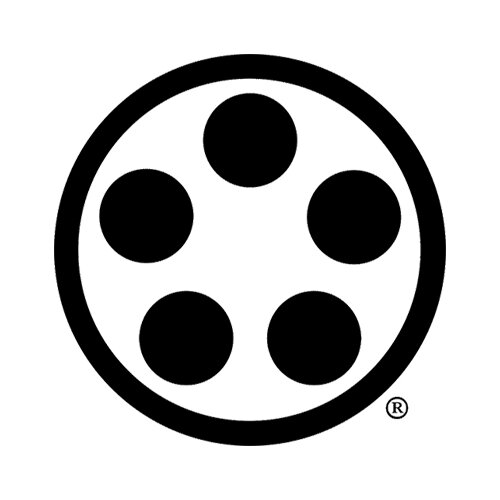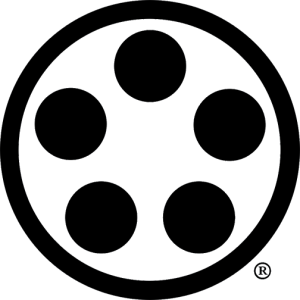2021 Taikai "Osae” After-action Report by Peter Barus
When the Tao is lost, there is goodness.
When goodness is lost, there is morality.
When morality is lost, there is ritual.
Ritual is the husk of true faith,
the beginning of chaos.
--attributed to Laotse
At the November Taikai of the Itto Tenshin-ryu, Rajguru Sensei continued a tradition, reaching beyond previous horizons, and at the same time, back to original essence. With Osae the focus of this Taikai, Mr. Simms proceeded to move the class through the more or less familiar, into the truly esoteric, and beyond.
One, two, ten thousand… whether in single combat, or with opposing armies, strategy is not constrained by scale. Heiho is heiho.
Scale extends along many dimensions, in this case range of experience (a good mix of white and indigo uniforms), the number of bodies involved (about one tatami per student), armed, unarmed, and at every age.
Then there is what we might call a fractal dimension. The mathematics that describes the path of incense smoke, rising straight upwards a little way, to an area of chaotic swirling. The session began up there, in the churn and noise, and ended at the white-hot ember of the thing-in-itself.
(chaos)
Without a substantial amount of hard training, one enters such a class and sees chaos. But chaos is not the state of the universe: it's a state of mind.
(ritual)
Entering the Dojo, the swirling chaos gives way to the familiarity of ritual, the clattering wooden clappers pulling the crowd into dignified ranks. Quiet descends; breathing synchronizes; mental turmoil settles.
(morality)
Now there is more or less correct performance of some foundational techniques. Sensei leads us in variations on suburi, shikkō suburi, then movements from familiar kata.
(goodness)
Blood and bones alive now, the class forms pairs for kumitachi, but not the usual set-piece two-person exercise. We have arrived at the crux of the matter: receiving the death-dealing blade.
Here, in a really good class (and this is indeed such a class), there is a fork in the path. One way, attention on the oncoming blade, we attempt to deflect or evade, redirect or absorb, maybe even control this irresistible force. The other way is Osae.
In the former, if there is still chaos, or we perform ritualistic movements very well, we may hope our training partner maintains control, while still attacking with honest intent. It's a very good idea to partner up with somebody more senior. In a proper dojo there is nothing to fear from the senior students. Far from getting you thrashed, this will accelerate your education. Short of a forthright sword stroke, we might learn something, but not what is offered.
The body comes with responses already wired, which in this case must be refined--we might even say, gotten out of the way--through rigorous training. This training allows one to survive events, so they can become lessons. With much repetition, the gap between form and performance narrows.
When responding to the stroke of a sword there is no getting ready, choosing a strategy, executing a technique... the attack and response are one. In training, another important dimension is speed: nothing need be done hastily. "Slow is smooth. Smooth is fast."
Taking the other fork is not like tossing a stick in the air to choose a direction to follow. In a pinch, embodied knowledge always makes this determination, which is why we train: the default settings are usually good enough to get you across a busy street, if you're not a toddler. If you have to think what to do (or toss a stick in the air), you're lost. So we must practice at least until the basics come through most of the time without thinking.
Then, if there is goodness, the cut, however forceful and true, may miss. And we might explain this with terms borrowed from Archimedean geometry, using triangles and vectors, arcs, inclined planes, wedges.
If that were "the lessons learned, at the end of the day," it would qualify as one of the rarest experiences in martial arts, and a lot of new black belts could be handed out.
But today, it's only the first water-break. There are miles to go yet. By mid-afternoon, as the younger students spend their water-breaks wringing out their uagi and downing copious electrolyte-balancing beverages, we enter a new world.
With a few years of proper training, one enters the class to find familiar ritual, knowing when to bow, and how to open and close an exercise without injury to oneself or others. Most of the class had reached this condition before lunch, meaning we were at least awake and possibly teachable.
About then things really get started. Sensei demonstrates the full possibility of Osae at full intensity. At this level, it should be noted, there is zero tolerance for anything short of perfection. This is the realm in which form and performance are one. In a lifetime of training, one is unlikely to witness such a performance even once.
It is of training value to note that Sensei has just undergone very serious surgery. While physical training is essential, perfect physical condition is not.
For the rest of us, with a few more years of training there may be some polish, goodness, beauty, even exhilaration and joy. Sometimes at that stage the knowledgeable observer may be able to distinguish jujutsu from Bujutsu.
After a few hours, as the afternoon begins, every so often the room goes quiet except for one small area, when two students begin the assigned exercise, and the way in which they perform stops everything else.
These areas of intense focus occur toward the front of the dojo at first; a bit later, a little farther back. Toward the end of the day, during an exercise, only a few students at a time are on the tatami: they seem to take up all the space.
(the Way)
As we come to a close, there emerges the essence of Osae. Not something we do, so much as something we invoke. To call it forth, we don't really have to change anything; we just have to be in a certain way.
Rarely, after many more years, but within the realm of possibility, there is deep stillness, the hallmark of Budo.
The End


